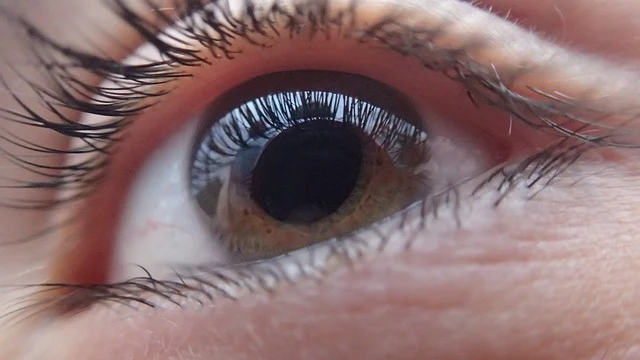There are several types of glaucoma, but the two main categories are open-angle glaucoma and angle-closure glaucoma. Open-angle glaucoma is the most common type and develops slowly over time, while angle-closure glaucoma is less common but can develop quickly and cause sudden vision loss.
Glaucoma risk factors include age, family history of the disease, high eye pressure, thin corneas, and certain medical conditions such as diabetes and high blood pressure.
 |
| Get to know glaucoma and its treatment |
Treatment options for glaucoma include eye drops, oral medications, laser surgery, and traditional surgery, with the goal of reducing eye pressure and preventing further damage to the optic nerve. Regular eye exams are important for the early detection and treatment of glaucoma.
The treatment for glaucoma depends on the type and severity of the disease. The goal of treatment is to lower the pressure inside the eye, which helps to prevent further damage to the optic nerve and preserve vision.
Treatment options for glaucoma include:
It is important to note that there is no cure for glaucoma and treatment is aimed at managing the disease to prevent further vision loss. Regular eye exams are important for the early detection and management of glaucoma.
The treatment for glaucoma depends on the type and severity of the disease. The goal of treatment is to lower the pressure inside the eye, which helps to prevent further damage to the optic nerve and preserve vision.
Treatment options for glaucoma include:
- Eye drops: Medications in the form of eye drops are commonly used to lower intraocular pressure. They work by reducing the amount of fluid produced in the eye or by increasing the drainage of fluid from the eye. Eye drops need to be taken regularly and as prescribed to be effective.
- Oral medications: If eye drops are ineffective or tolerated, your doctor may prescribe oral medications to lower the pressure inside your eye.
- Laser surgery: Laser trabeculoplasty is a type of laser surgery that can be used to treat open-angle glaucoma. The laser is used to improve the drainage of fluid from the eye, which can help to lower intraocular pressure.
- Traditional surgery: In cases where eye drops or laser surgery are not effective, traditional surgery may be necessary. The most common type of traditional surgery for glaucoma is called trabeculectomy, which involves creating a new drainage channel in the eye to allow fluid to flow out and lower the intraocular pressure.
It is important to note that there is no cure for glaucoma and treatment is aimed at managing the disease to prevent further vision loss. Regular eye exams are important for the early detection and management of glaucoma.




